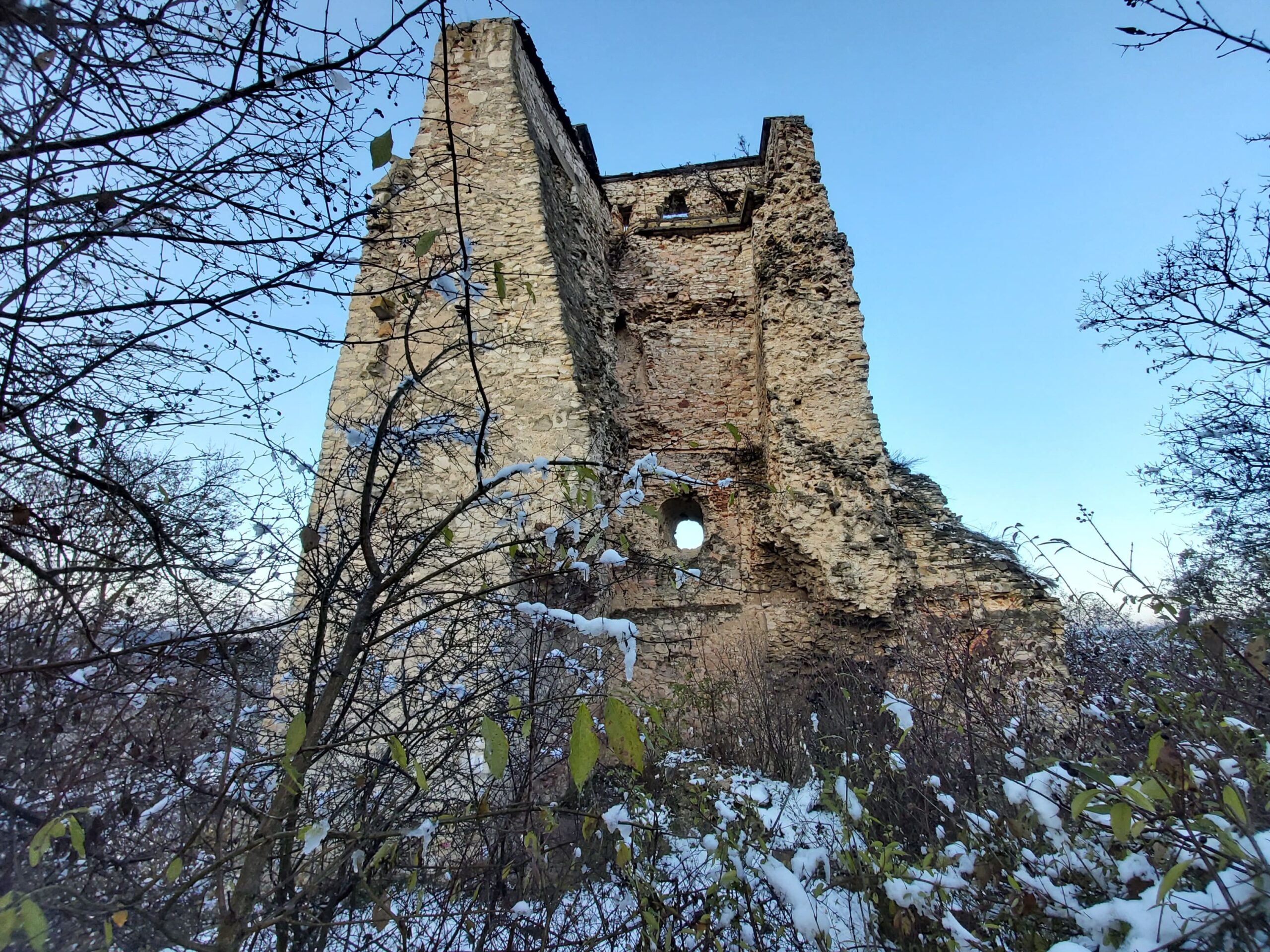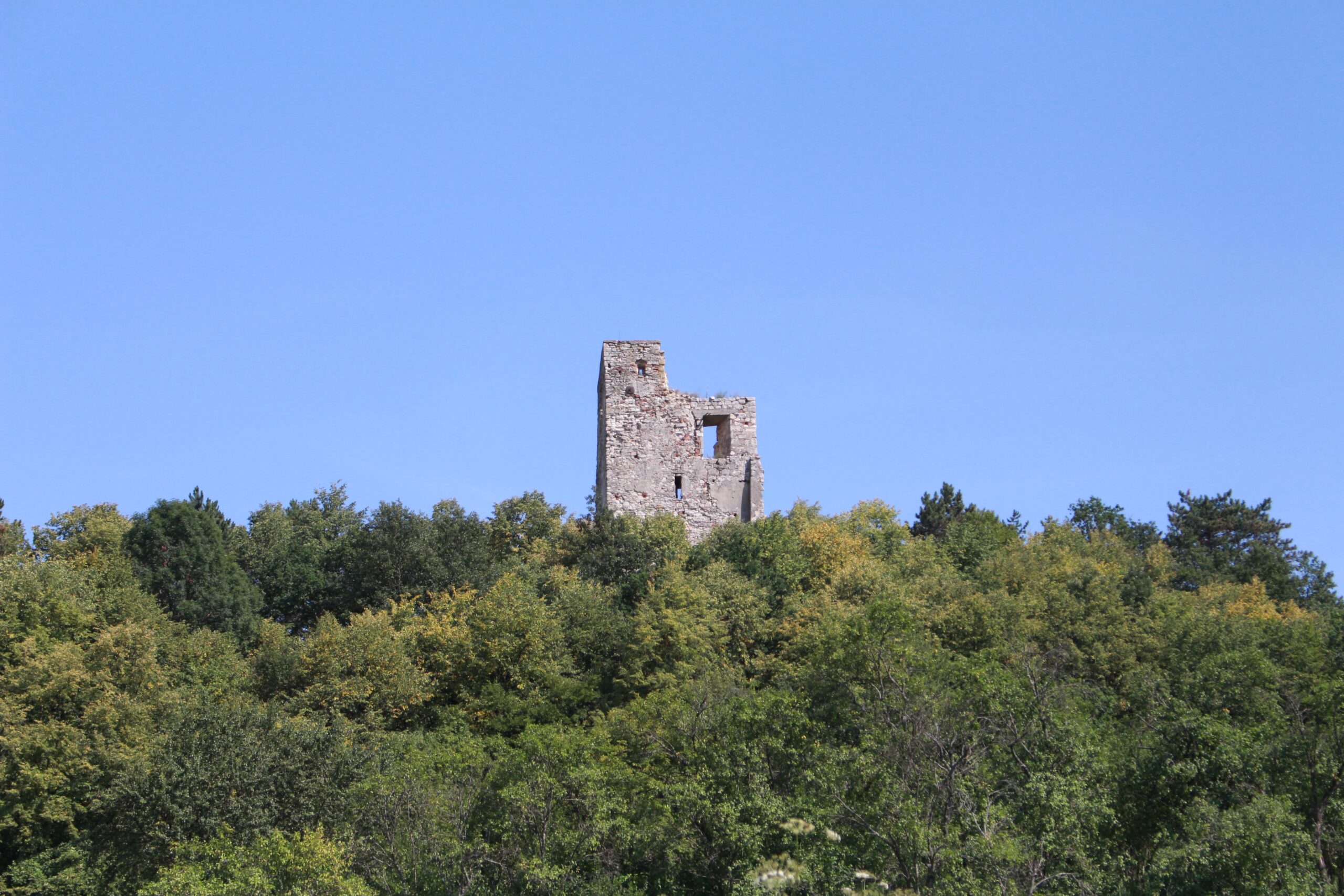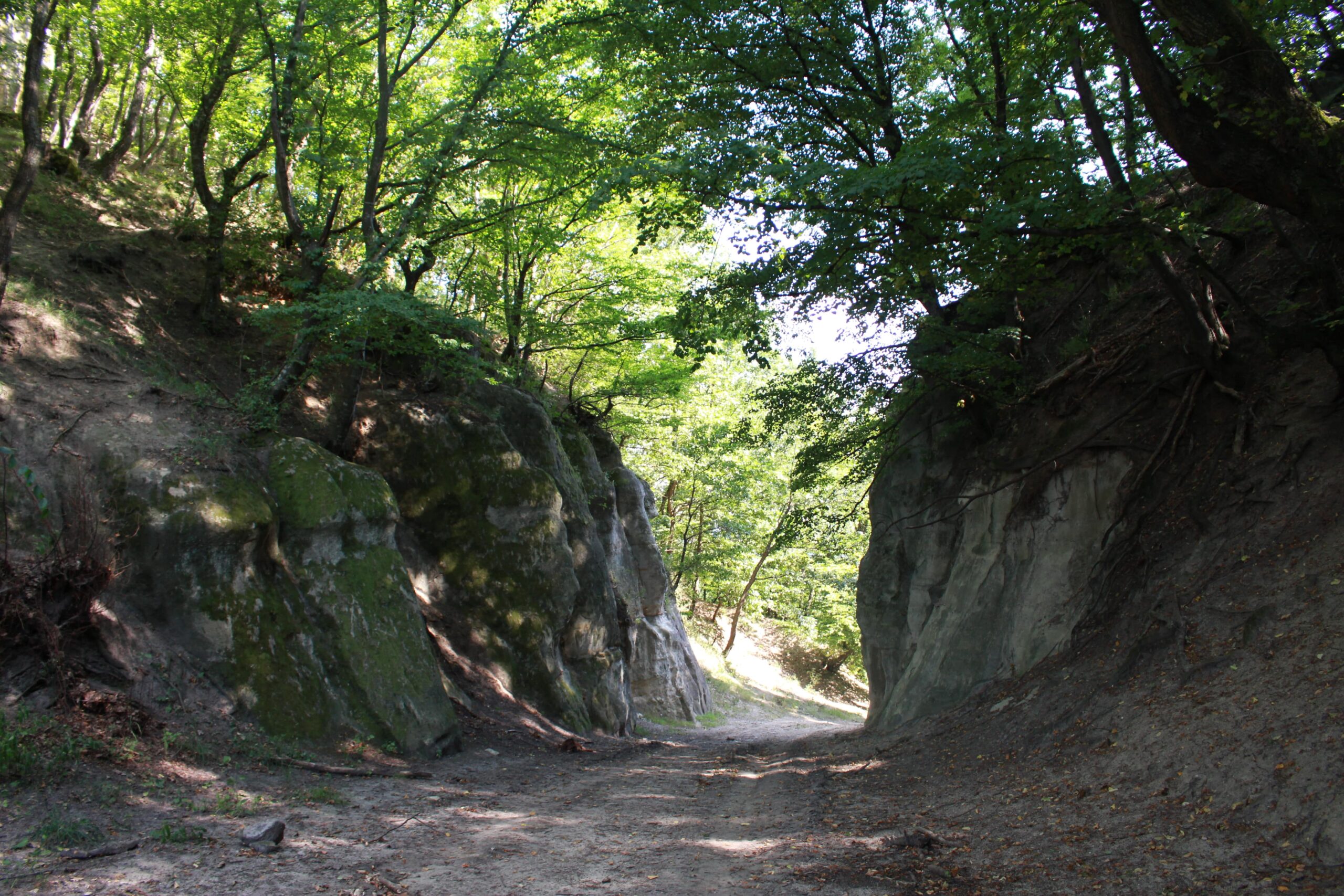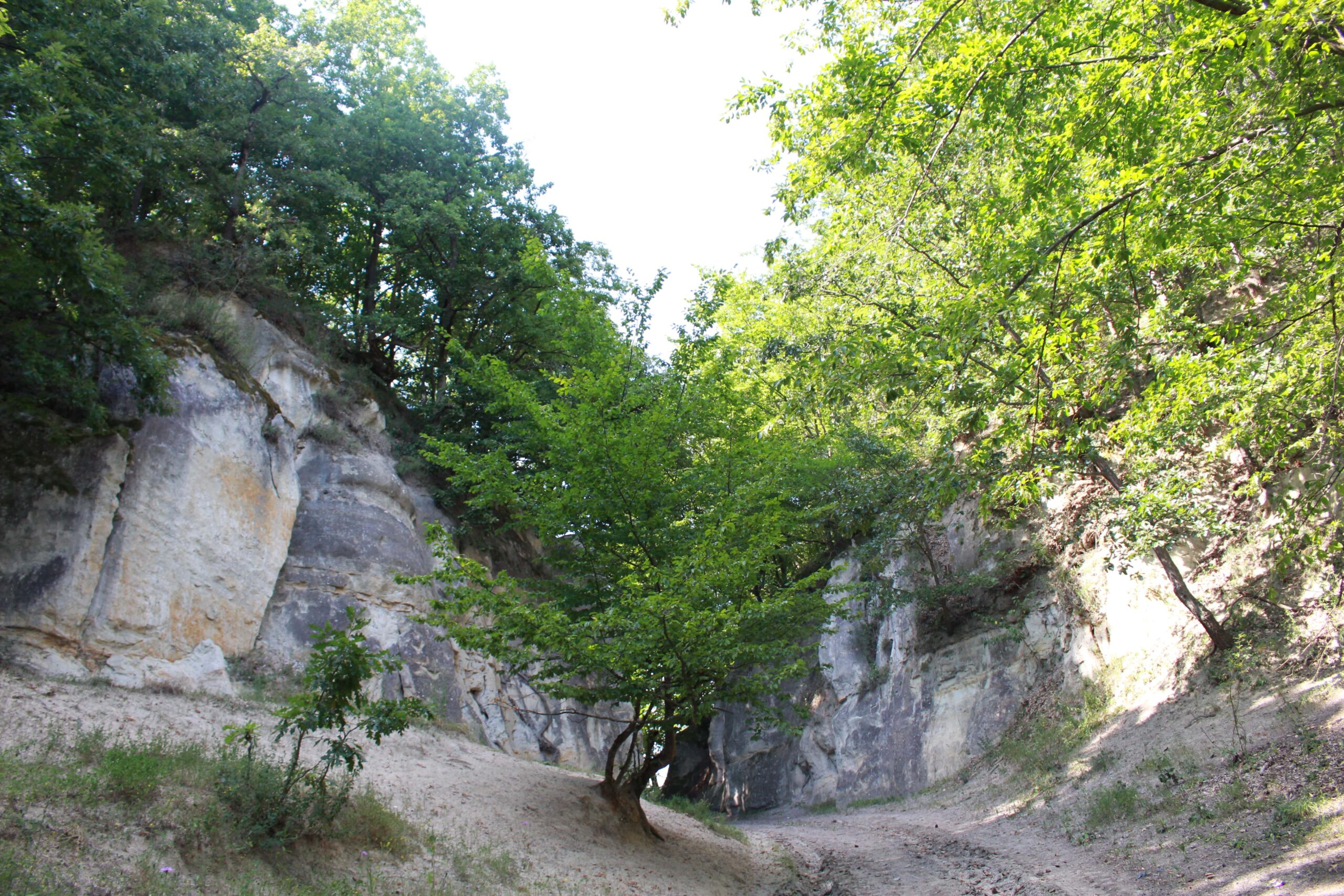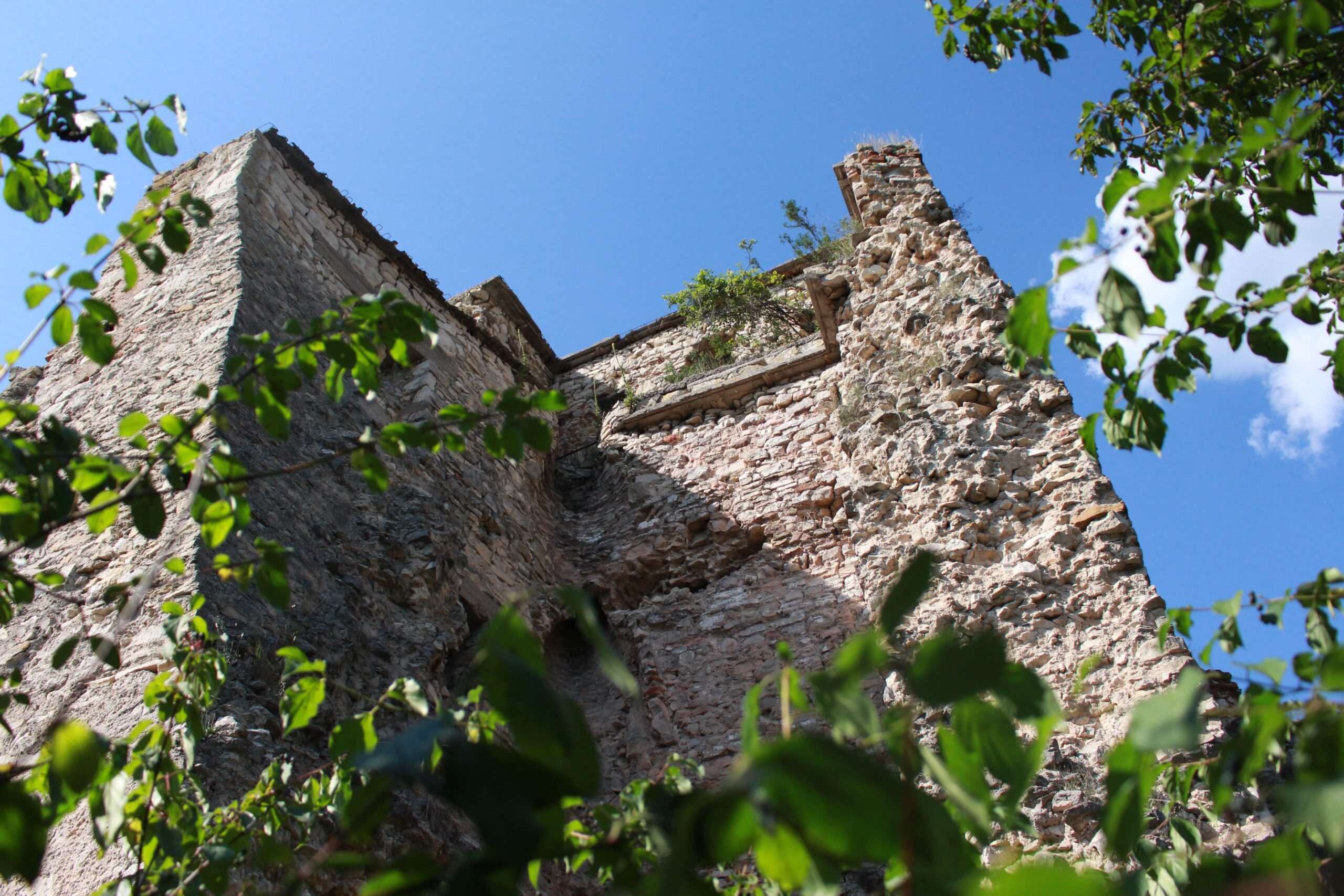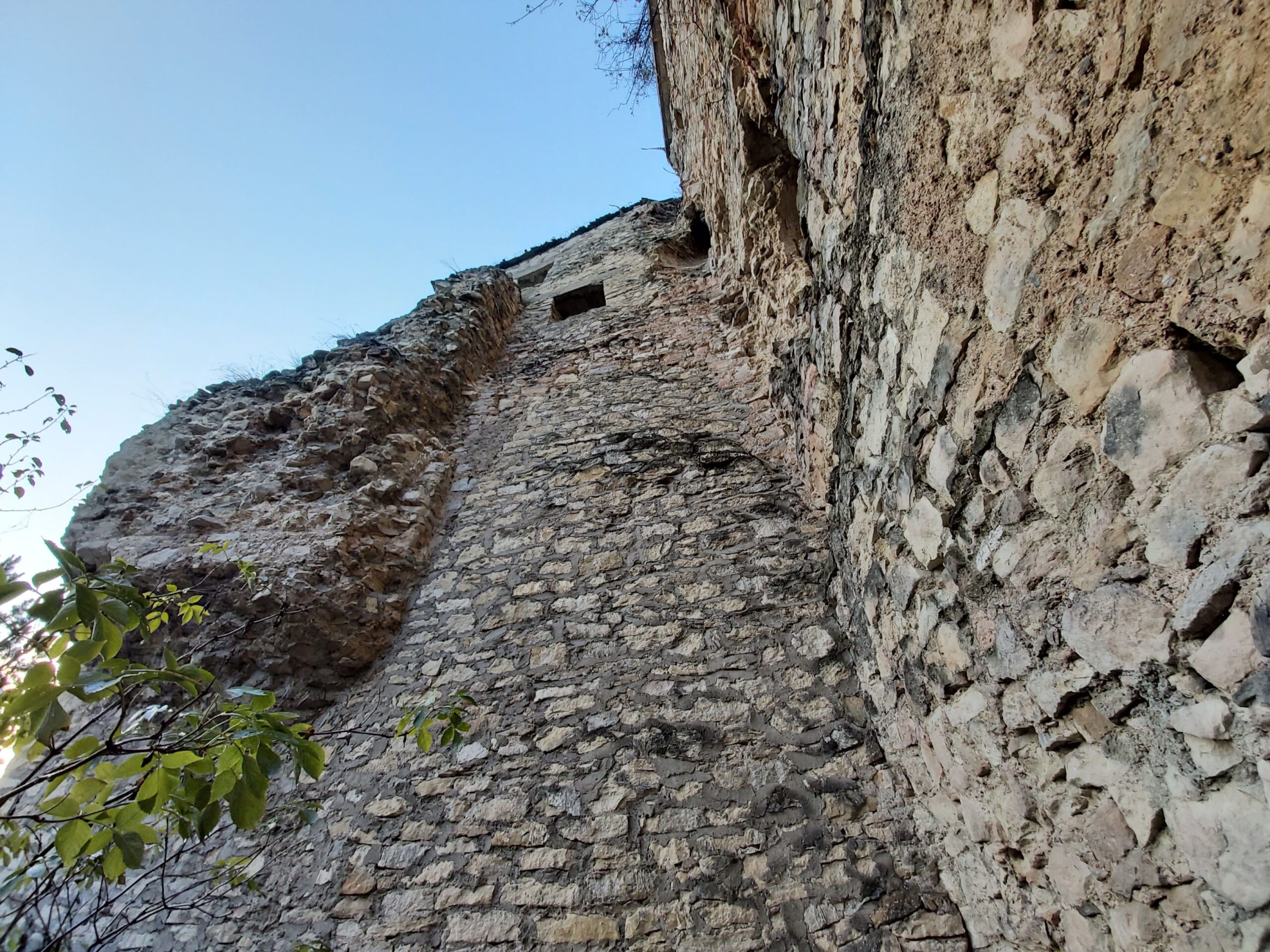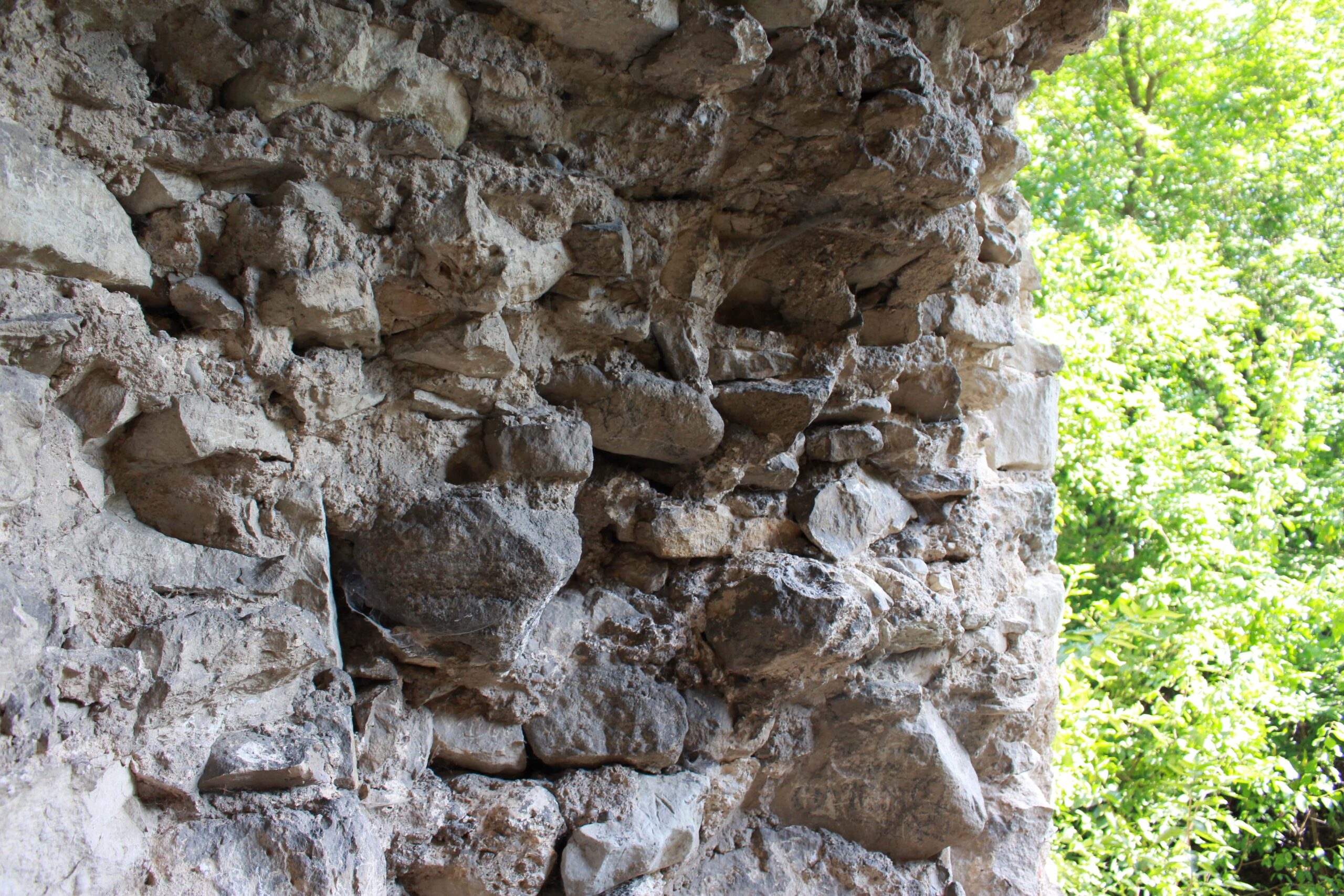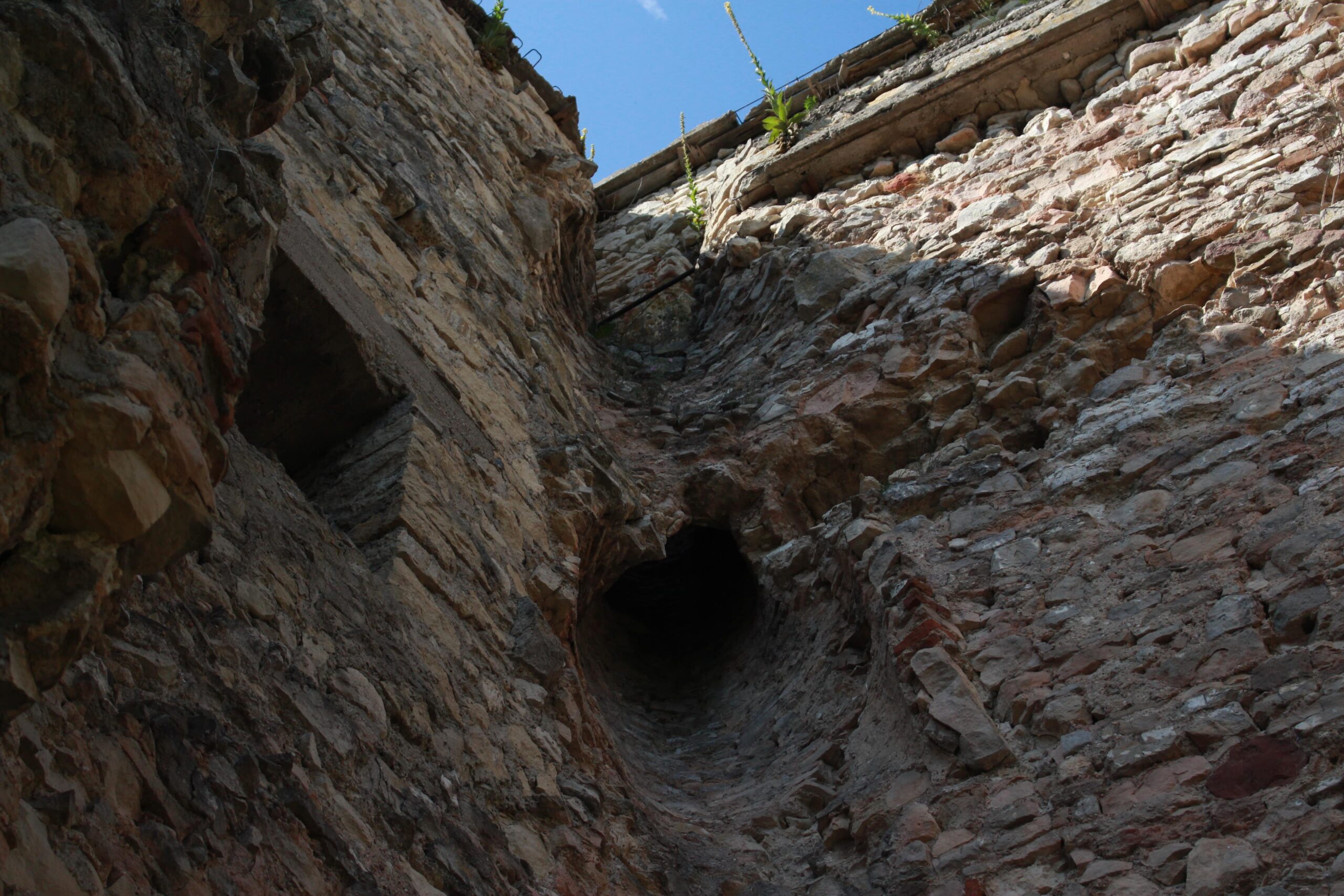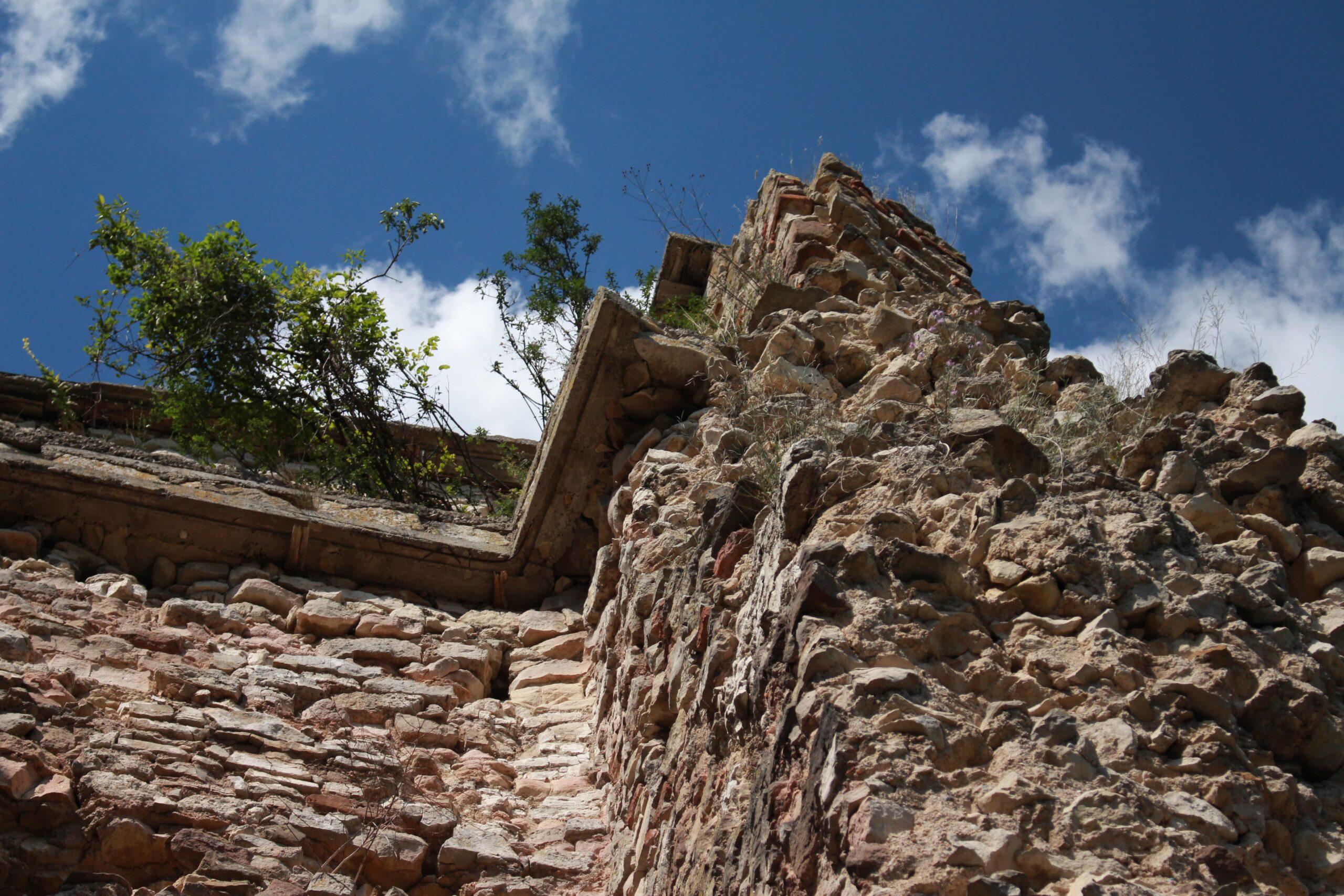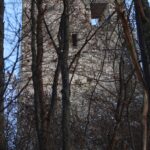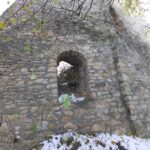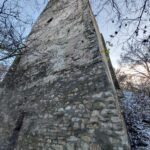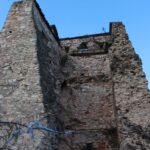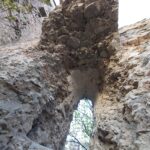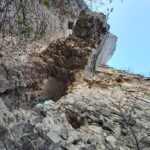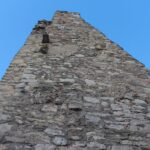Almaș Fortress — „Dezső Fortress” — has a rich and turbulent history
Almaș Fortress was likely built between 1247 and 1278, at the order of Judge royal Paul Geregye. It came into the possession of the Borsa dinasty after Paul’s son, Nicholas, briefly the voivode of Transylvania, was accused of treason and stripped of his property. However, the first documentary mention of the fortress comes much later, in 1370. This is when Louis the Great of Hungary donated it to Master George Bebek and his family. Opinions are divided regarding the origin of the citadel’s colloquial name (Dezsővár — „Dezső Fortress”). Some sources indicate Dezső of the Borsa dynasty, others the influential castellan of Bologa Fortress, Dezső Elefánti.
Over the centuries, the citadel was besieged multiple times. It passed through the hands of various noble families, from the Transylvanian voivode John Pongrácz of Dindeleag or John Corvinus (the illegitimate son of King Matthias Corvinus), to the Transylvanian voivode Imre Balassa. The later was involved in the power struggle between the Hungarian king John Zápolya and Ferdinand I, Holy Roman Emperor (1540). After a short period in the possession of the Moldavian ruler Petru Rareș (1545-1546), the citadel was offered by Prince Sigismund Báthory to the Csáky family (1594). Stephen Csáky, former commander of Transylvanian troops, rebuilt it.
Almaș Fortress is in ruins since the mid-1600s!
The decline of Almaș Fortress began in 1602, when the imperial troops led by Giorgio Basta occupied it. Despite the initial promise of the Italian general, the defenders were massacred, and the building was set on fire. Rebuilt for the last time in 1627, the fortification was destroyed by the Tatars invading towards the Meseș Gate from Cluj (September 1658). Much of the massive stones were later reused for the construction of several mansions. The most famous is the Csáky Castle in Almașu, built just a few hundred meters below, which is itself in a miserable state.
Listed as a historical monument in Sălaj County since 2004, the ruins of Almaș Fortress are easily accessible. They are visible from a great distance, and the road starting from the village center is accessible even by car up to the base of the fortress. In the summer of 2020, the press wrote about the local authorities’ intention to capitalize on Almaș Fortress by attracting European funds. These ideas have not yet come to fruition. The tourist markings are just a small glimmer of hope at least for cleaning the area. Still, the massive four-story tower is still waiting in vain for the absolutely necessary consolidation.
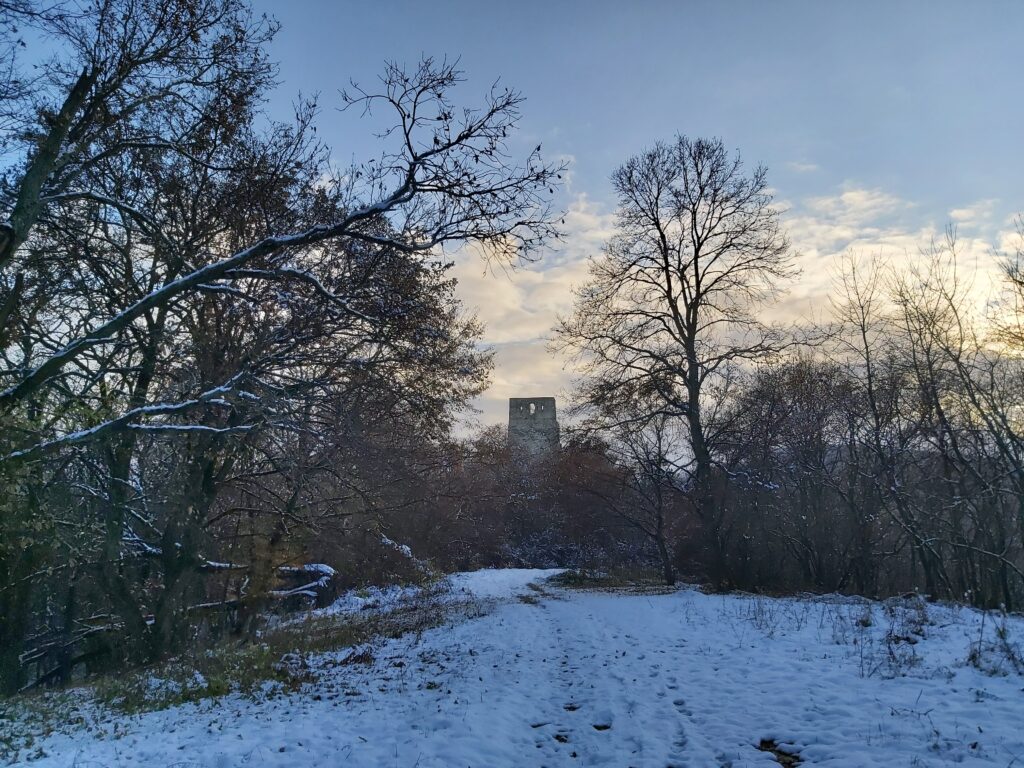
From the former citadel with a palace and other annexes only the walls of the truncated tower can still be distinguished. However, the superb area, frequently visited by hiking enthusiasts, could be capitalized on at a much higher level. But is there truly a will…?

